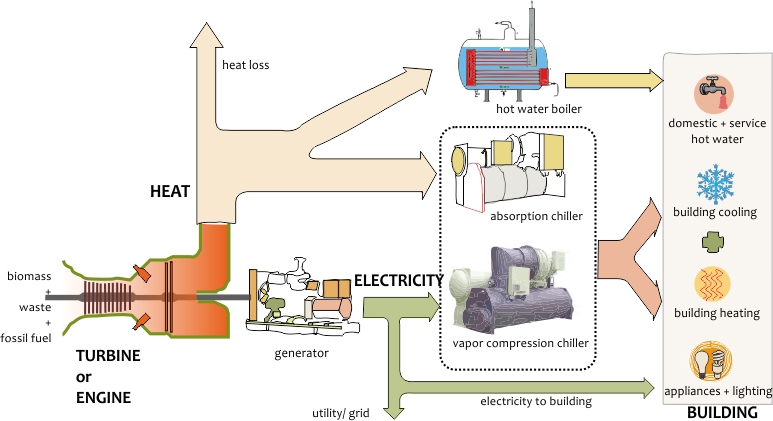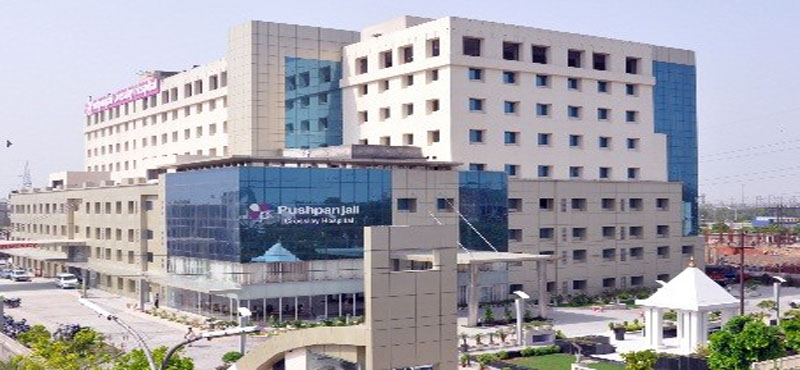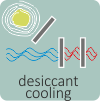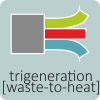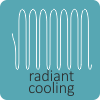In a developing country like India, high volume of waste heat is generated around the year which could be used to produce heat around the year. Thus a technology which uses thermal energy to provide cooling could be a solution to our rising energy crisis. In many buildings like hotels, hospitals, and industries, there is a demand for hot water along with air cooling. Such a scenario is well suited for the application of Tri-generation concept.
A tri-generation system produces three forms of energy, i.e. electricity, heating, and cooling which could be used to generate power, hot water, and air conditioning with suitable equipment. The principle of tri-generation is based on the generation of heat energy. Heat captured through burning waste, production of electricity with generators, or heat generated through solar panels could be used to generate hot water through heat transfer equipment or cold/ chilled water with absorption chillers. Potential for using tri-generation systems has been identified to be nearly 500 to 1,000 MW in India.
Tri generation technology, also known as Combined Cooling, Heating, and Power (CCHP), comprises of a gas engine or a power system operated by burning waste, bio fuel, or fossil fuel to produce electricity. The connected heat recovery system is used as a heat exchanger to recover heat from the engine or exhaust. This recovered heat can be used for heating applications like hot water or a regeneration process in absorption chillers. The electricity produced within the tri-generation process could be used to meet the building loads or power chillers during peak load period. The thermal energy could be diverted to boilers to heat the water used in hospitals, hotels, and industries for numerous purposes and/ or to absorption chiller to heat the absorbent and refrigerant mixture and regenerate the absorbent.
Table: Advantage and disadvantage of Tri-generation
| Pros | Cons |
| No or reduced use of CFC or HCFC based refrigerants | Intense planning and research is required for designing systems for projects |
| Tri generation system’s efficiency is 90% in comparison to 25% for electricity produced in power plants | Applicability differs with each project; detailed feasibility studies are required for each new project |
| Huge benefits in terms of reduction of GHG emission (estimated at over 50% from the current GHG emissions levels in buildings having mix of cooling and heating load) | |
| Same equipment can be used to generate cooling, hot water and electricity in a building | |
| Has potential to double gas end user productivity (compared to combined cycle power station) |

